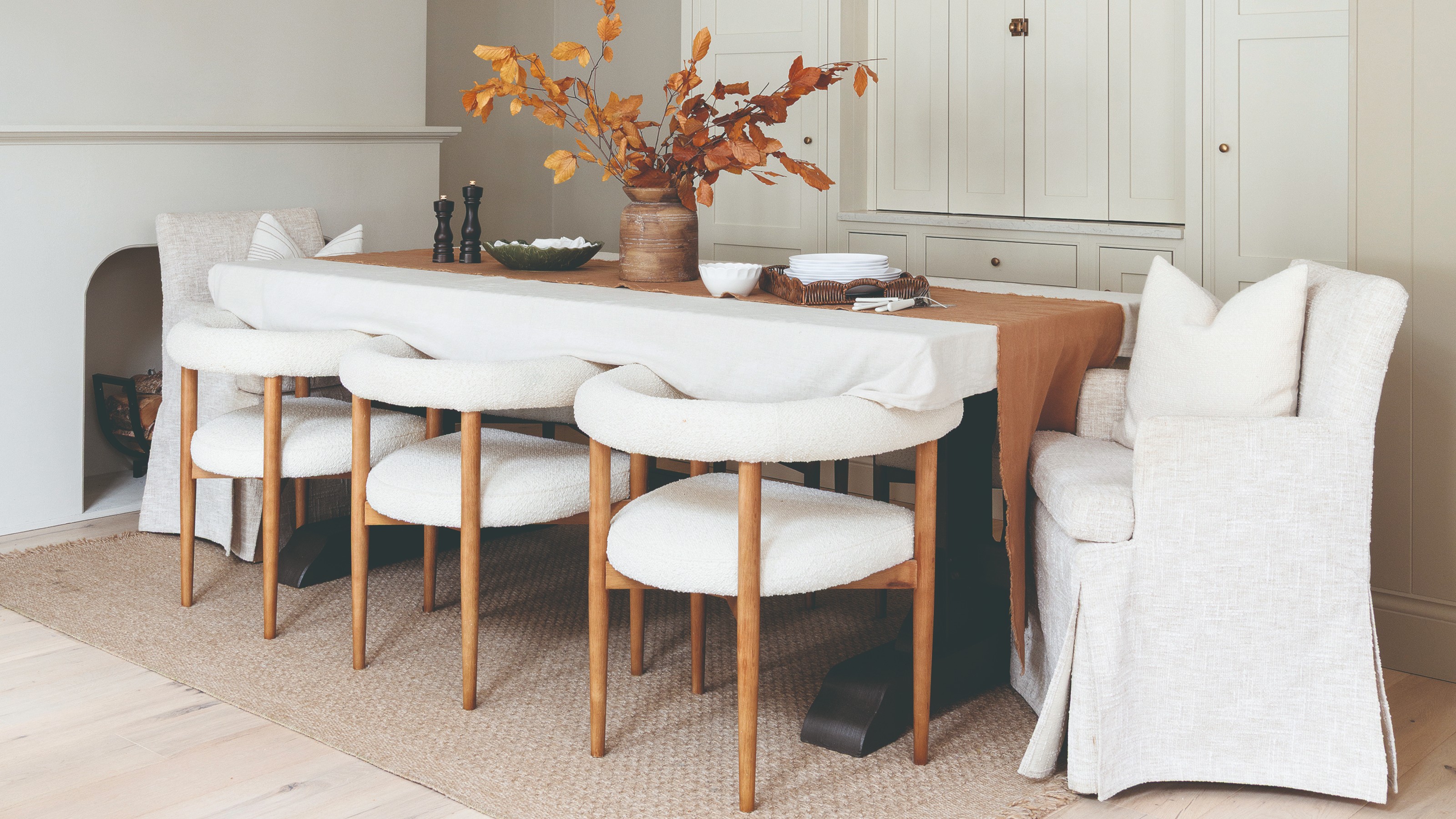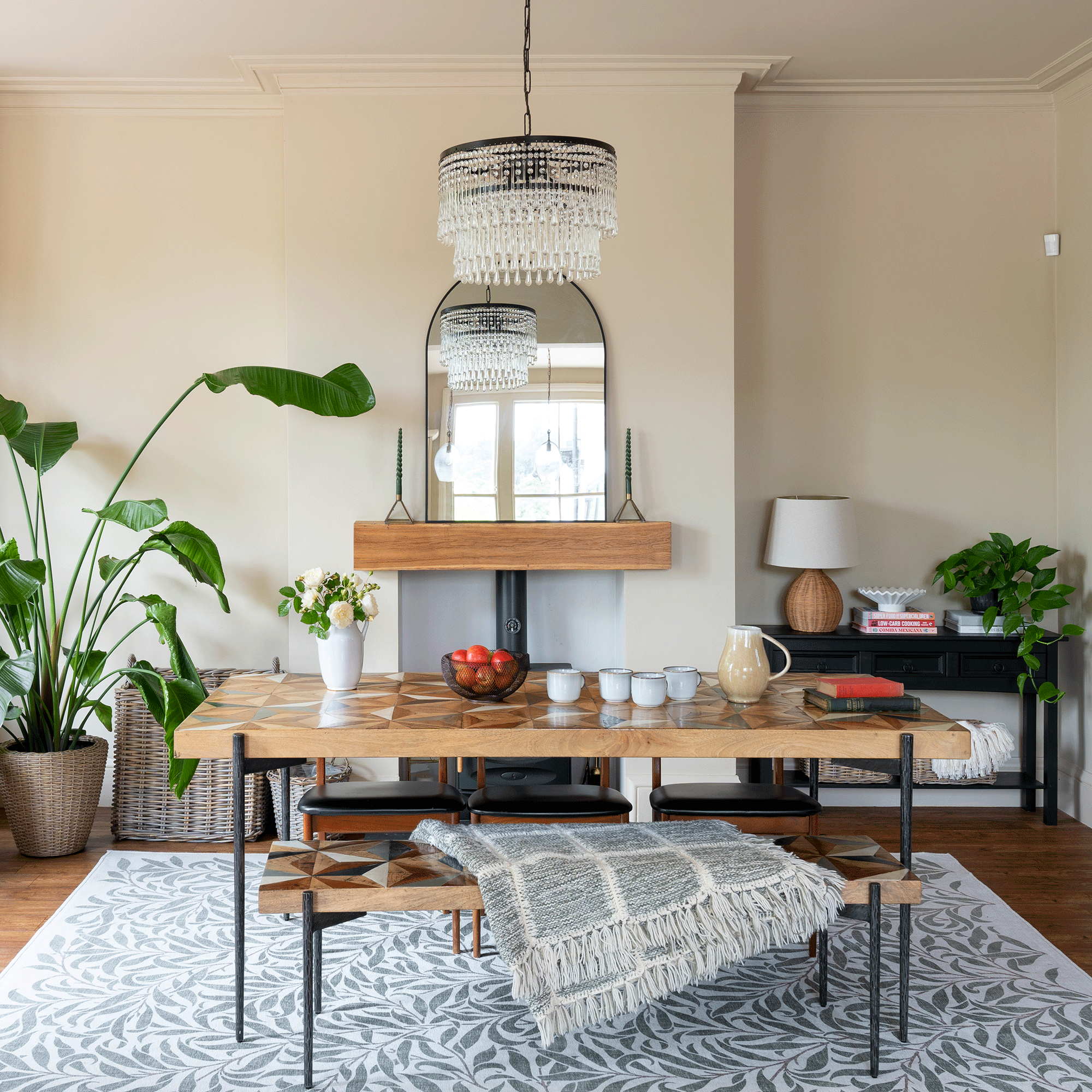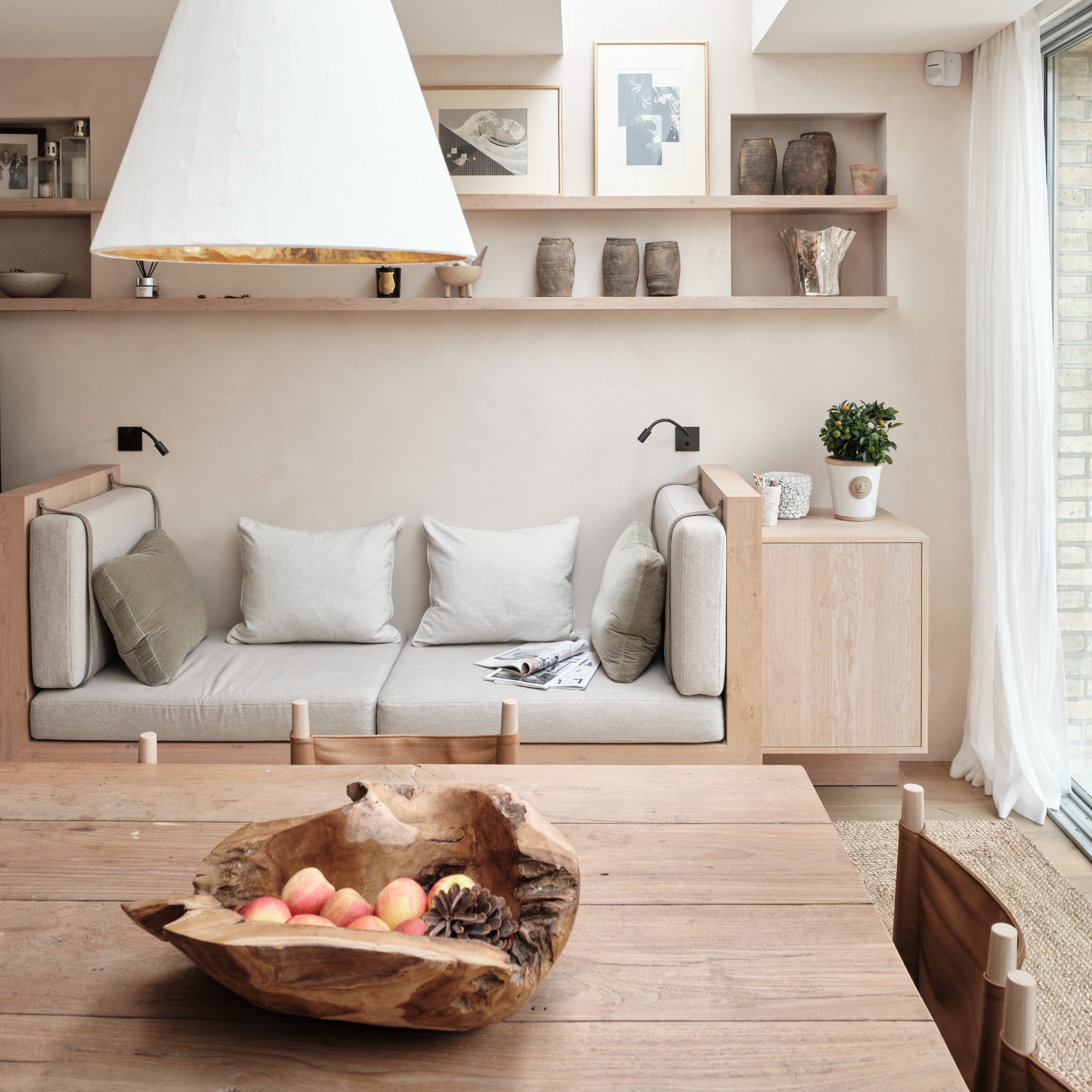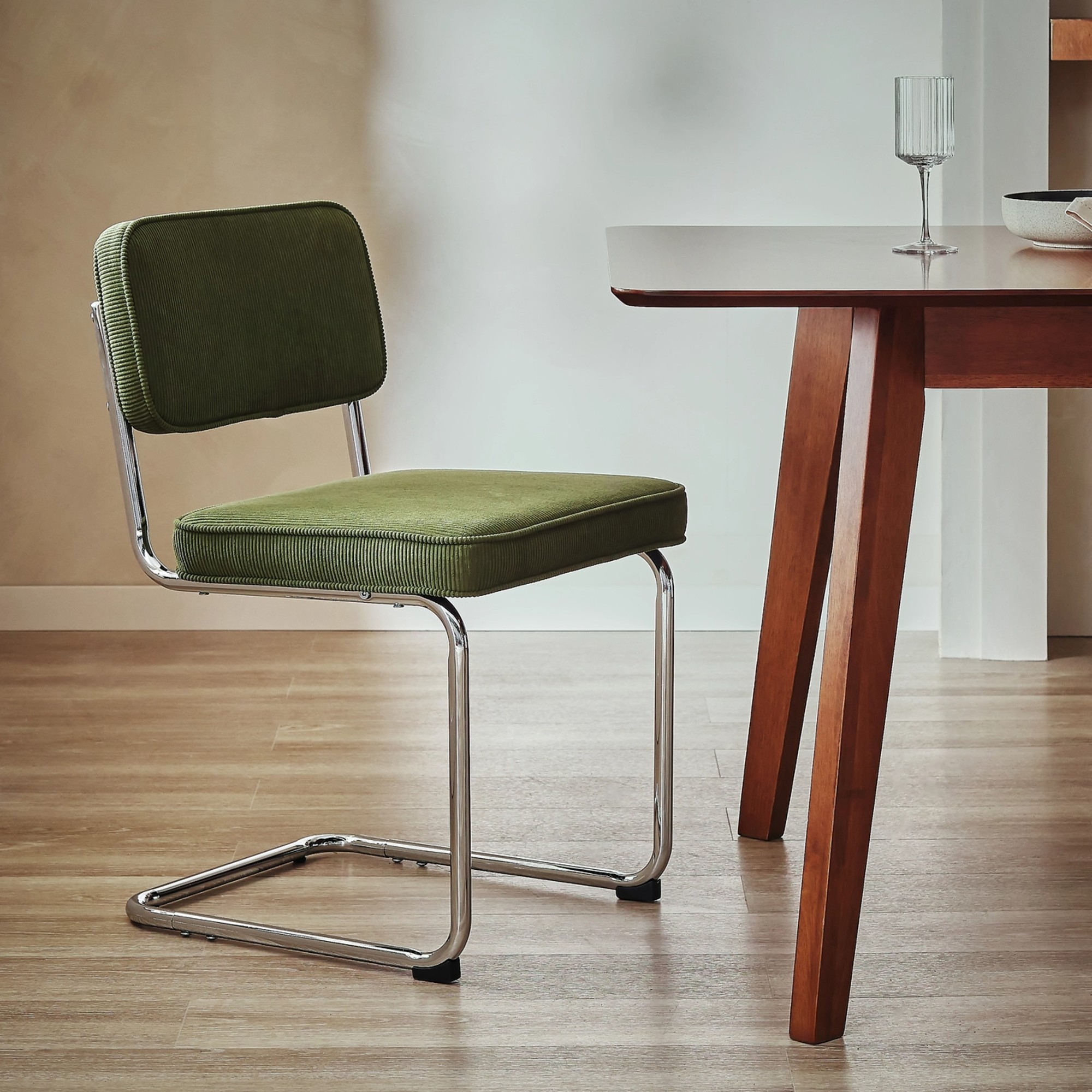'It's a subtle trick' – how the 4-inch seating rule can transform your dining area into a more inviting and sociable space
Experts say ‘it’s about creating a sense of cohesion and balance’


When choosing furniture for your dining room or dining area - which is mostly the dining table and the seating - it’s important to make sure that the individual pieces work together. And that includes the various forms of seating you opt for - the dining chairs, bench and stools - especially if they’re not matching. That’s exactly where the 4-inch rule for dining seating comes in.
The rule is perhaps not traditionally used as a dining room idea – most experts know it as the 4-inch rule for living room seating. But it actually works just as well in a dining setting as in a lounge.
‘It’s a well-regarded guideline in interior design circles that helps create balance and comfort in seating arrangements,’ says Magdalena Gierasinska, head of product and displays at Barker and Stonehouse. ‘It’s about scale, comfort and proportionality. While it’s most commonly applied in living rooms, where we tend to have a lot of seating including sofas, armchairs, ottomans, and accent chairs, it can also be helpful in other areas of the home, like dining areas.’

What is the 4-inch seating rule?
While the likes of the 18-inch rug rule is concerned with the amount of space left between the rug and the surrounding walls, the 4-inch seating rule (whether it’s applied in the living room or the dining room) is all about the height of the seat.
‘It’s about keeping the seat height and depth of different chairs and sofas within 4 inches of one another,’ says Alex Stubbs, Flitch interior stylist. ‘That way, when people sit together, no one feels awkwardly high or low, and conversation feels more natural. It is a subtle trick that instantly creates a more harmonious seating arrangement.’
She continues, ‘It’s a brilliantly simple principle that makes a big difference to how comfortable a space feels. It is one of those design details that is easy to overlook, yet it has a huge impact on how inviting and sociable a room becomes.’

Why should you follow the 4-inch rule in the dining area?
Following the 4-inch rule in your dining space is perhaps even more important than adhering to it in a living room given that food is involved here – and you don’t want to be seated uncomfortably low or high when eating.
Sign up to our newsletter for style inspiration, real homes, project and garden advice and shopping know-how
‘In dining areas, it helps ensure chairs and benches feel comfortable around the table without people having to perch or hunch,’ Alex at Flitch says.

Magdalena at Barker and Stonehouse adds, ‘In dining areas, you wouldn’t want a mix of chairs with drastically different seat heights around the same table. If one seat is significantly higher or lower than another, it can create an awkward or imbalanced dynamic.
'This rule helps ensure that everyone is seated at relatively the same eye level, which encourages natural conversation as well as a sense of balance and ease. It’s also aesthetically pleasing, furniture that aligns in scale tends to look more cohesive, considered and thoughtfully arranged.’
How to follow the 4-inch seating rule in a dining space

Habitat's new autumn/winter collection is full of real gems - including the Enzu dining chair championing the chrome furniture trend. Inspired by the design classic that is the Cesca chair by Knoll, this design has a seat height of 49 centimetres which pairs perfectly with the dining bench and stool.

If you like Scandinavian style, you'll love this dining bench designed for John Lewis by Danish furniture designer Ebbe Gehl. With its light wood finish and clean, simple lines, it's exactly what you'd want from a Scandi piece. And the seat height on it is 45 centimetres.

It's always a good idea to have spare extra seats for when you have guests over that you can easily store away. And stacking stools, like this simple yet chic style from Dunelm, are ideal for this. As 1 inch is 2.5 centimetres and the seat height of this stool is 47 centimetres, it will also pair perfectly with the bench and dining chairs.
But even though it’s a very helpful tool, as with any rules, you don’t always have to follow the 4-inch rule to a tee. ‘It’s a guideline, not a strict rule and I always adapt to the unique style and function of the space, making sure comfort and flow take priority,’ Magdalena at Barker and Stonehouse concludes.

Sara Hesikova has been a Content Editor at Ideal Home since June 2024, starting at the title as a News Writer in July 2023. She is now also the Ideal Home Certified Expert in Training on Furniture, and so far has tested over 150 different sofas.
Graduating from London College of Fashion with a bachelor’s degree in fashion journalism in 2016, she got her start in niche fashion and lifestyle magazines like Glass and Alvar as a writer and editor before making the leap into interiors, working with the likes of 91 Magazine and copywriting for luxury bed linen brand Yves Delorme among others.